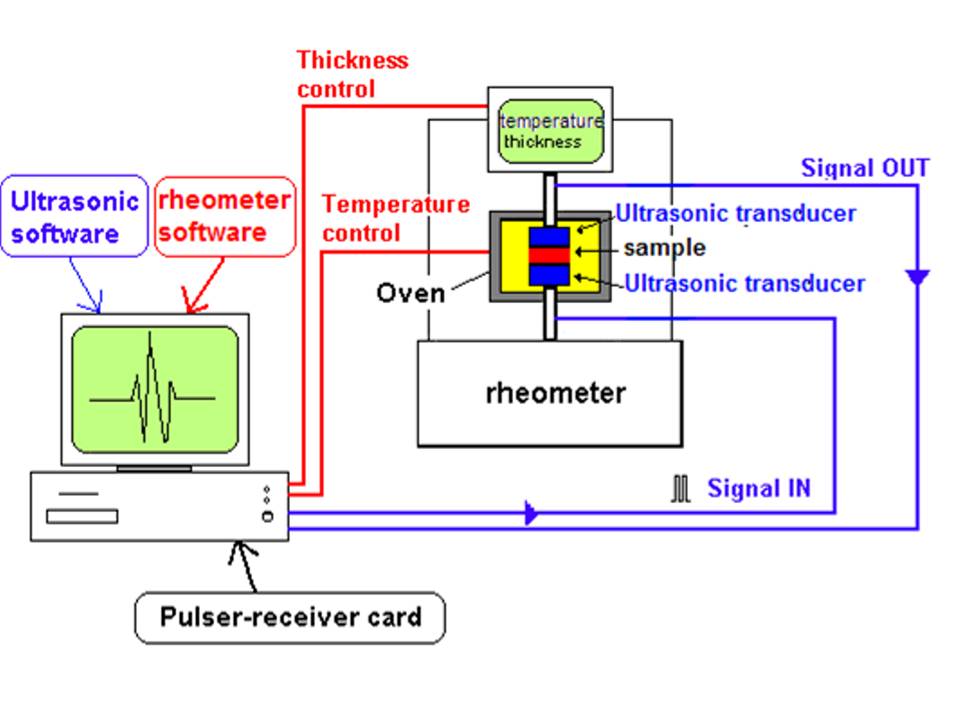1000/1000
Hot
Most Recent

| Version | Summary | Created by | Modification | Content Size | Created at | Operation |
|---|---|---|---|---|---|---|
| 1 | Francesca Lionetto | + 482 word(s) | 482 | 2020-03-25 23:08:35 | | | |
| 2 | Catherine Yang | -6 word(s) | 476 | 2020-06-11 11:35:46 | | |
Ultrasonic wave propagation has been used for the high frequency dynamic mechanical analysis of polymers with the aim to monitor the changes of viscoelastic properties in polymers associated with glass transition, crystallization, physical or chemical gelation, crosslinking, and curing reactions.
Ultrasonic dynamic mechanical analysis (UDMA) is based on the propagation of low intensity ultrasound, which in polymers strongly depends on the polymer viscoelastic behaviour and the measured properties are significantly affected by the phase transitions occurring with changing temperature and pressureor during chemical reactions. Therefore, the application of low intensity ultrasound, acting as a high frequency dynamic mechanical deformation applied to a polymer, can monitor the changes of viscoelastic properties associated with glass transition, crystallization, physical or chemical gelation, crosslinking, and curing reactions. Thanks to the non-destructive character (due to the very small deformation amplitude), low intensity ultrasound can be successfully used for polymer characterization. Moreover, this technique has a strong potential as a sensor for on-line and in-situ monitoring of production processes of polymers and polymer matrix composites.
Commercial equipments operating as those used for Dynamic Mechanical Analysis (DMA) at mechanical frequencies are still not available. However, some custom made ultrasonic devices for polymer characterization can be found in the literature [1][2]. Among others, Lionetto et al. [3] described a UDMA equipment operating up to 210 °C (Fig.1). It is able to propagate and receive low intensity longitudinal waves in the 1-10 MHz frequency range and to operate both in pulse-echo and in through-transmission mode. The ultrasonic equipment iscoupled with a rotational rheometer allowing simultaneous characterization of a sample by high frequencies (1-10 MHz) ultrasonic waves and low frequency (0.1-10 Hz) shear oscillations, providing information on its viscoelastic behaviour over a wider frequency range than a standard DMA. The ultrasonic velocity and attenuation, measured by UDMA, can be used to obtain the viscoelastic properties of tested polymers, i.e. storage and loss complex longitudinal moduli and the related loss factor, which can be correlated with the results of conventional DMA, carried out at mechanical frequencies (0.1-10 Hz).
